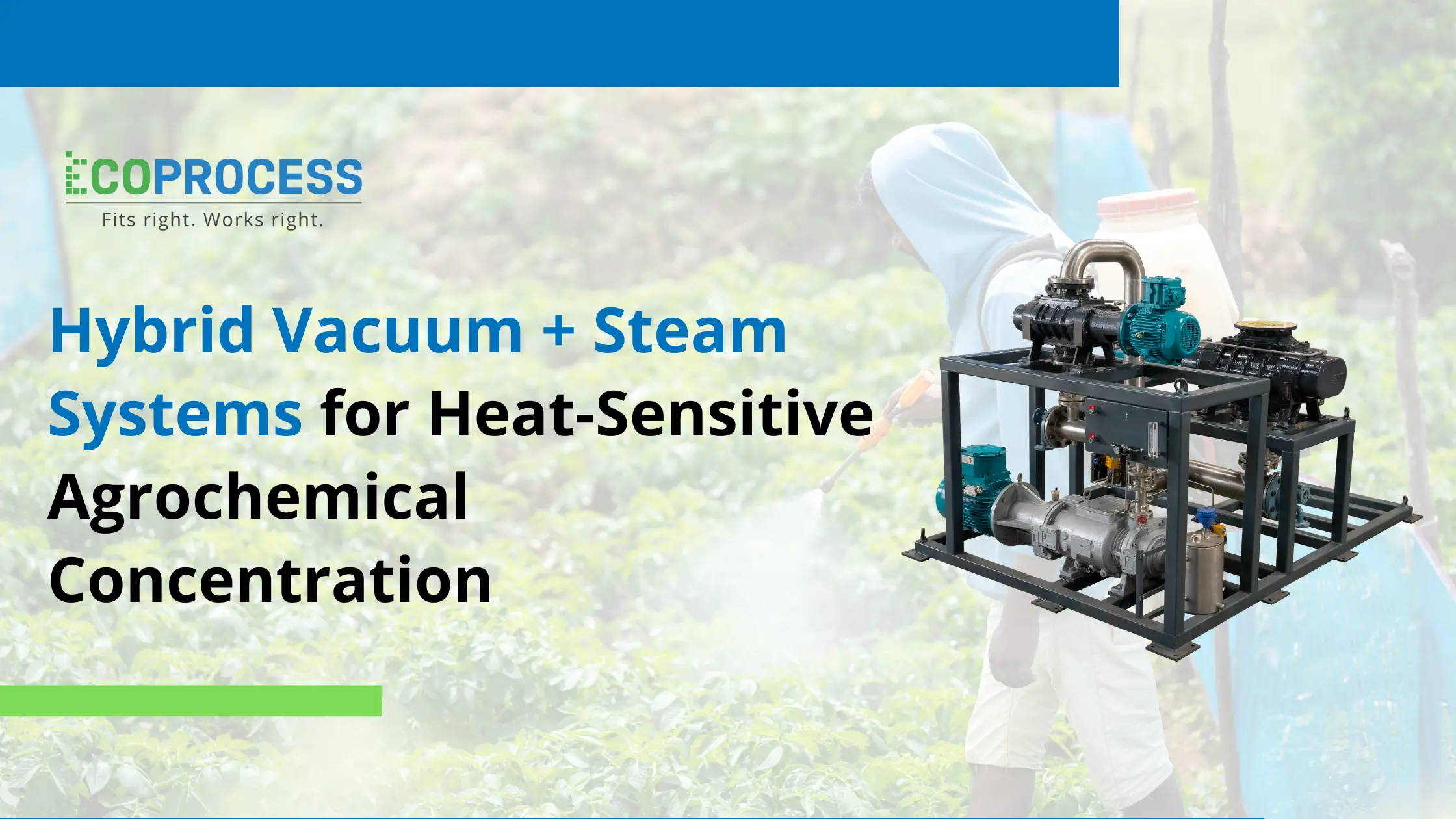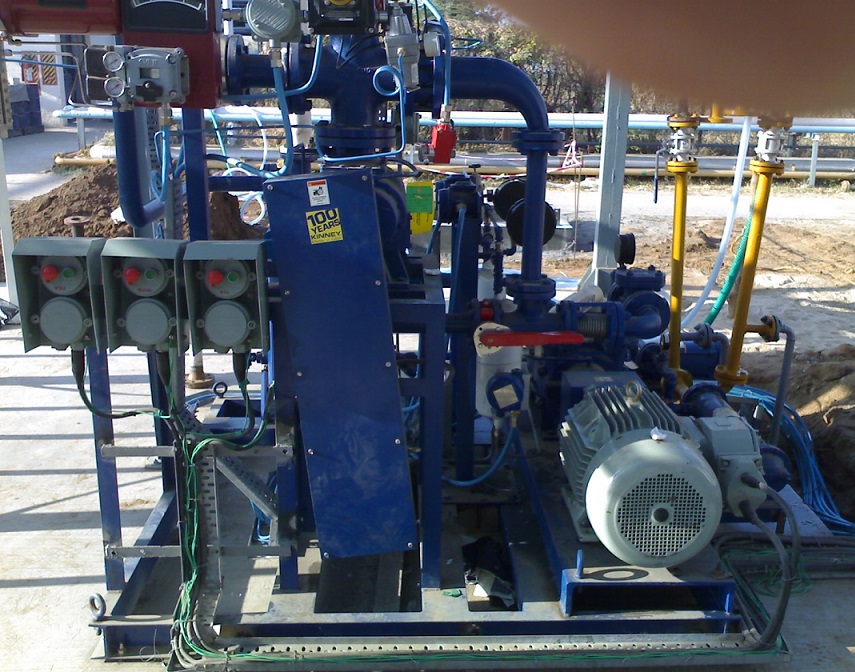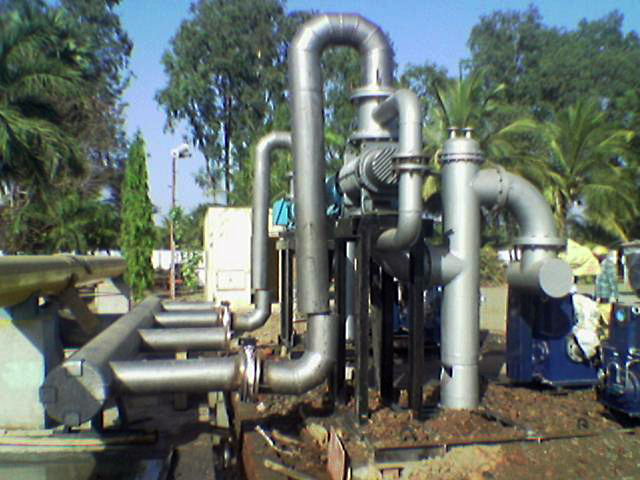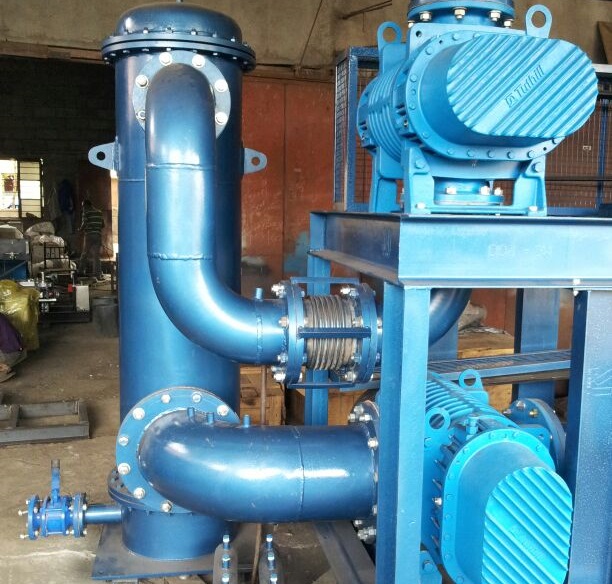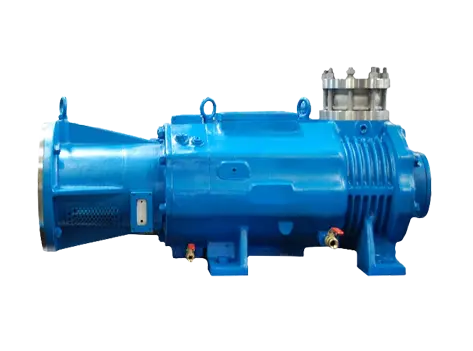
Predictive Maintenance in Vacuum Systems: ROI Lessons from the Field
Vacuum pumps are the silent workhorses behind countless industries, from pharmaceuticals and food processing to semiconductors and specialty chemicals. They run for long hours under demanding conditions, often exposed to heat, corrosive vapors, and mechanical stress. Because of this, proper maintenance is vital to keep performance steady and downtime minimal.
In the past, most facilities followed reactive or preventive maintenance models, repairing pumps only after a failure or servicing them at fixed time intervals. While practical, these methods often resulted in unexpected shutdowns, wasted manpower, or the early replacement of components still in good condition.
The shift toward predictive maintenance, powered by the Industrial Internet of Things (IIoT) and intelligent sensors, is changing that narrative. By continuously monitoring parameters such as vibration, pressure, temperature, and motor current, plants can identify subtle changes that signal wear or imbalance long before a breakdown occurs.
This data-driven approach transforms maintenance from guesswork into precision management, improving uptime, reducing operational costs, and extending the lifespan of critical vacuum systems.
Reactive vs Predictive Models
Understanding the differences between maintenance strategies makes it clear why predictive approaches deliver such strong results.
1. Reactive Maintenance – “Fix It When It Breaks”
This is the most basic form of maintenance, waiting for a problem to occur before taking action. While it might seem cost-effective initially, the long-term impact can be severe. Unplanned downtime, expensive emergency repairs, and disrupted production are common outcomes.
In vacuum systems, an unexpected failure can bring critical operations like drying, distillation, or coating to a complete stop. In pharmaceutical or semiconductor plants, even a few hours of downtime can translate into heavy financial losses.
2. Preventive Maintenance – “Fix It on Schedule”
Preventive maintenance improves reliability by scheduling service at fixed intervals, such as every 2,000 operating hours. The drawback is that it treats all equipment as if it ages the same way, which rarely happens.
Some vacuum pumps may continue running smoothly, while others, exposed to harsher conditions, wear out much faster. This mismatch often leads to unnecessary maintenance on healthy units and missed issues in stressed ones.
3. Predictive Maintenance – “Fix It Before It Fails”
Predictive maintenance (PdM) bridges that gap by using real-time sensor data and analytics to assess equipment health continuously. It can detect subtle changes in vibration, temperature, pressure, or power draw that indicate potential failures days or even weeks in advance.
With this insight, teams can:
-
Spot early signs of degradation.
-
Plan interventions during scheduled downtime.
-
Manage spare parts more efficiently.
-
Extend the lifespan of pumps through timely servicing.
For vacuum systems that operate around the clock in high-value environments, shifting from reactive to predictive maintenance isn’t just an upgrade, it’s a strategic move toward smarter, more sustainable operations.
Tools for Monitoring & Analytics
Modern predictive maintenance brings together smart sensors, data analytics, and AI-driven diagnostics to keep vacuum systems running at peak performance. Here’s how the technology works in practice:
1. Smart Sensors and IoT Integration
Sensors mounted on vacuum pumps constantly monitor key parameters such as:
-
Pressure and flow rate
-
Motor current and vibration
-
Oil temperature and viscosity
-
Bearing and seal condition
-
Noise and resonance levels
These data points feed into a central monitoring platform, often cloud-based where they’re analyzed for unusual patterns.
For example, a steady rise in power draw combined with higher vibration could signal bearing wear or shaft misalignment, while a drop in vacuum pressure might indicate seal leakage or contamination buildup.
2. Machine Learning and Predictive Analytics
Using historical performance data, machine learning algorithms create dynamic baselines for each pump. Whenever the live data deviates from these baselines, alerts are triggered long before a failure occurs.
Some systems go further, calculating the Remaining Useful Life (RUL) of critical components, allowing maintenance teams to plan interventions precisely, avoiding both emergency breakdowns and premature servicing.
3. Digital Dashboards and Automated Alerts
Modern dashboards give maintenance teams a clear, real-time view of equipment health through:
-
Pump-specific health scores and status indicators
-
Maintenance history with trend visualizations
-
Automated uptime and energy efficiency reports
When linked with a Computerized Maintenance Management System (CMMS), these dashboards can even auto-generate service tickets as soon as a sensor detects an anomaly, streamlining the entire process from detection to repair.
4. Remote Monitoring and OEM Assistance
Many equipment manufacturers now offer remote diagnostic support, where system data is securely shared with experts. These specialists can interpret complex vibration patterns or pressure fluctuations, advise on corrective steps, or even deploy technicians before failures escalate.
This approach is particularly valuable for large industrial setups running multiple vacuum systems across different sites, ensuring consistency, insight, and proactive care across the board.
ROI from Case Studies
Predictive maintenance isn’t just a technological shift it’s a financially measurable advantage. The following case studies highlight how plants across different industries have turned data-driven monitoring into tangible cost savings and reliability gains.
Case 1: Chemical Manufacturing – Minimizing Downtime and Repair Costs
A large chemical producer using rotary vane and dry screw pumps introduced IoT-based vibration and oil-temperature monitoring. Within six months, early bearing wear was detected three weeks before potential failure.
-
Unplanned downtime avoided: 18 hours of production
-
Estimated savings: ₹12 lakh (≈ $14,000) in loss prevention
-
Maintenance cost reduction: 25% through targeted component replacement
The system paid for itself in less than a year, proving that predictive insights directly translate to faster ROI.
Case 2: Pharmaceutical Facility – Enhancing Reliability and Compliance
In a pharmaceutical plant with cleanroom operations, vacuum pump performance was affected by oil contamination events. Predictive monitoring tracked shifts in oil conductivity and vacuum pressure stability, identifying issues before they impacted production.
-
Pump uptime increased: from 92% → 99%
-
Oil consumption reduced: by 35%
-
Unexpected failures: eliminated for 12 straight months
Digital logging of service records also simplified compliance with cGMP standards by ensuring full traceability of maintenance actions.
Case 3: Semiconductor Manufacturing – Boosting Efficiency and Equipment Life
A semiconductor facility deployed predictive analytics across dry claw pumps in wafer-processing lines. Continuous tracking of motor current, exhaust temperature, and vacuum stability helped fine-tune performance and detect leaks early.
-
Energy savings: 12% through optimized load balancing
-
Maintenance planning accuracy: improved by 40%
-
Annual cost savings: over ₹20 lakh via reduced downtime and better energy use
By integrating predictive data into its facility management system, the plant achieved a closed-loop maintenance process from sensor alert to validated repair, improving both uptime and operational efficiency.
Conclusion
Predictive maintenance is redefining how industries manage their vacuum systems, shifting the focus from reactive repairs to proactive intelligence. Through the integration of real-time monitoring, AI analytics, and automated alerts, plants can maximize uptime, cut maintenance costs, and extend the service life of vital equipment.
The return on investment is clear: reduced downtime, optimized energy use, and significantly lower maintenance spend, often with full payback achieved within the first year of implementation.
As manufacturing moves toward digitally connected maintenance ecosystems, predictive strategies are becoming the new standard for reliability and sustainability across pharmaceuticals, chemicals, food processing, and semiconductor production.
Predictive maintenance isn’t just an innovation anymore, it’s the new benchmark for data-driven, efficient, and future-ready plant operations.
FAQs
1. What is predictive maintenance?
Predictive maintenance is a data-driven approach that uses sensors and analytics to identify potential equipment failures before they occur, enabling maintenance teams to act proactively and avoid downtime.
2. How does it apply to vacuum systems?
Vacuum pumps fitted with smart sensors monitor key parameters such as vibration, pressure, oil temperature, and motor current. The data helps detect early signs of wear or contamination, ensuring reliable performance and preventing sudden breakdowns.
3. What tools are used?
Predictive maintenance leverages IoT sensors, machine learning algorithms, digital dashboards, and CMMS ( Computerized Maintenance Management System) integration to provide real-time insights and automated service alerts.
4. How is ROI measured?
Return on investment is calculated based on savings from reduced downtime, lower maintenance costs, improved energy efficiency, and extended equipment lifespan—often delivering payback within the first year.
5. Which industries benefit most?
Industries such as pharmaceuticals, chemicals, semiconductors, and food processing benefit significantly, where vacuum system reliability directly impacts production continuity, product quality, and regulatory compliance.
